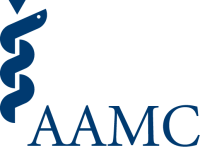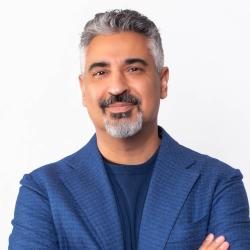
For the past 20 years, we've been saturated with increasingly concerning workforce projections of physician shortages. The AAMC (Association of American Medical Colleges) has emerged as a crucial player in providing data projections on these shortages for the media and the public.
While the most significant attention from these projections has been placed on shortages of primary care doctors, workforce analyses have also simultaneously projected a surplus of other advanced practice clinicians in primary care, like nurse practitioners (NPs) and physician associates (PAs).
But how can a shortage and a surplus in primary care exist at the same time?
The short answer: They probably won’t. In fact, the primary care physician shortage may be effectively alleviated given this surplus of nonphysician providers. Many workforce models of physician shortages have failed to account for these other clinicians, whose roles and practice patterns are changing. NPs and PAs are professions in which members are not bound by the specialty of their initial training and can more readily fill critical voids in the workforce across cognitive and procedural specialties in addition to their critical role in primary care.
Gaetano Forte, MS, AAMC Research and Action Institute fellow in residence, has already published a data snapshot about the expanding roles and contributions of NPs and PAs and the crucial need to incorporate team-based care workloads into projections models.
Last weekend at our AAMC annual meeting, my colleagues at AAMC and RAND previewed an innovative physician workforce projections model using system dynamics methods that will, for the first time, account for the dynamic shifting in both provider and patient populations and behaviors.
Michael Dill, AAMC director of workforce studies, presented preliminary findings from the new model, which suggest that the rapidly increasing supply of NPs and PAs can meet the U.S. population’s demand for primary care within the next decade.
As will be discussed in a full report that will be published in early 2025, this means that while the overall shortage of physicians is likely to persist for at least the next few decades, those shortages are less likely to be in primary care in the long term.
Theoretically, we can come close to eliminating our nation’s primary care shortage — but only if that workforce is efficiently and effectively located and utilized. But just because it’s possible doesn’t mean it’s likely to happen easily.
Such a major shift in how care is delivered would require fully utilizing NPs and PAs, as well as social workers, pharmacists, and other professionals, to care for patients with acute and chronic problems. And this would require major advances in how we triage patients to the right provider at the right time — and that those providers are accessible and available.
Nevertheless, as research and data collection on how different health professionals deliver care improve, the AAMC-RAND model can be updated and tested under changing conditions. This model will become publicly usable in the future and will allow health professions, educators, and policymakers to learn from and subsequently alter their strategies effectively. What the model can’t do on its own is ensure that payers, policymakers, and physicians facilitate the changes that would be required to provide primary care services effectively and efficiently. Nor will we be able to provide the services in other specialties that will be most needed without training more providers in those areas.
Be sure to look out for future updates on this exciting new model and our ongoing partnership with RAND.
As always, I welcome your feedback, advice, and insight.
Atul

